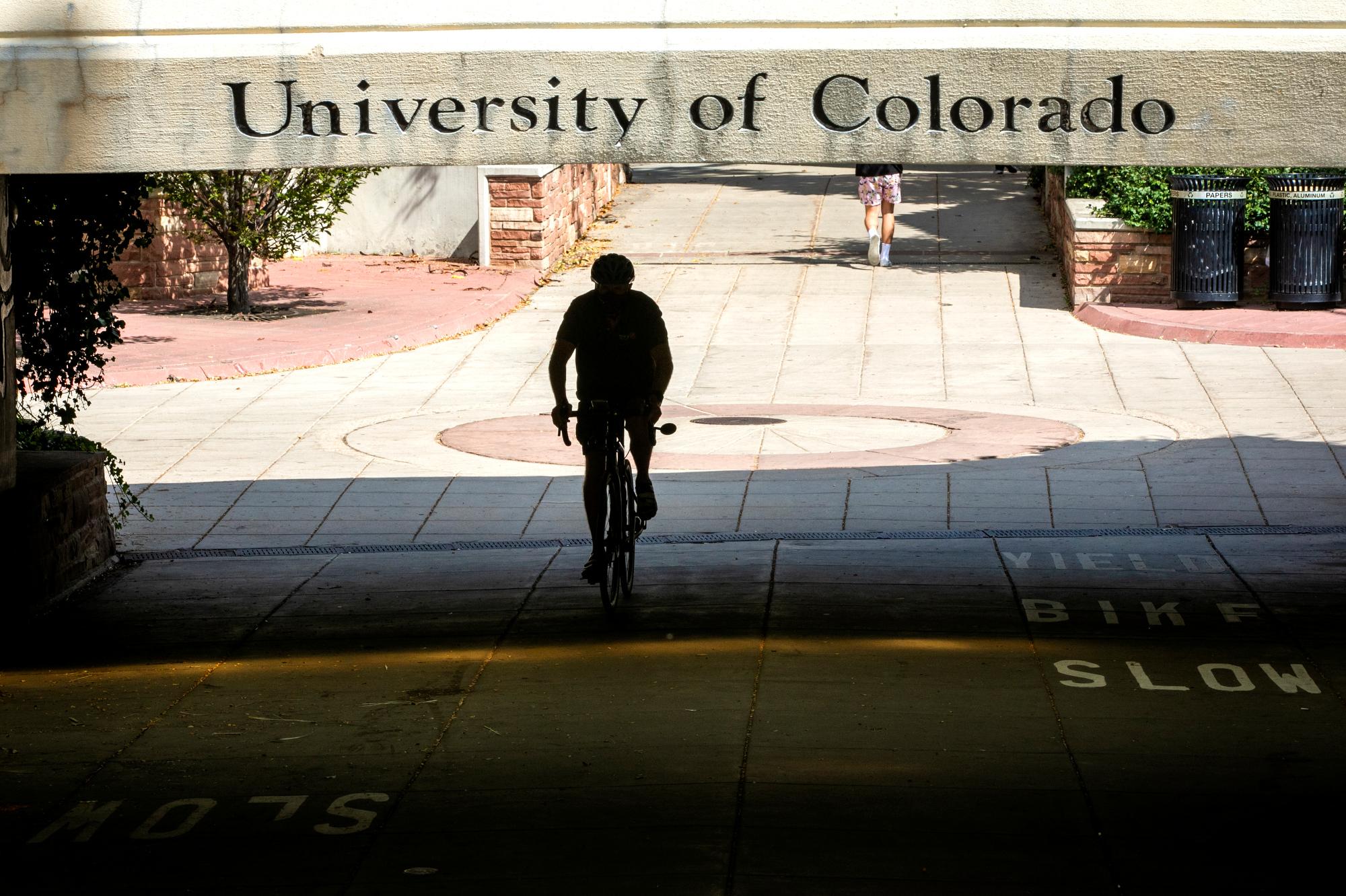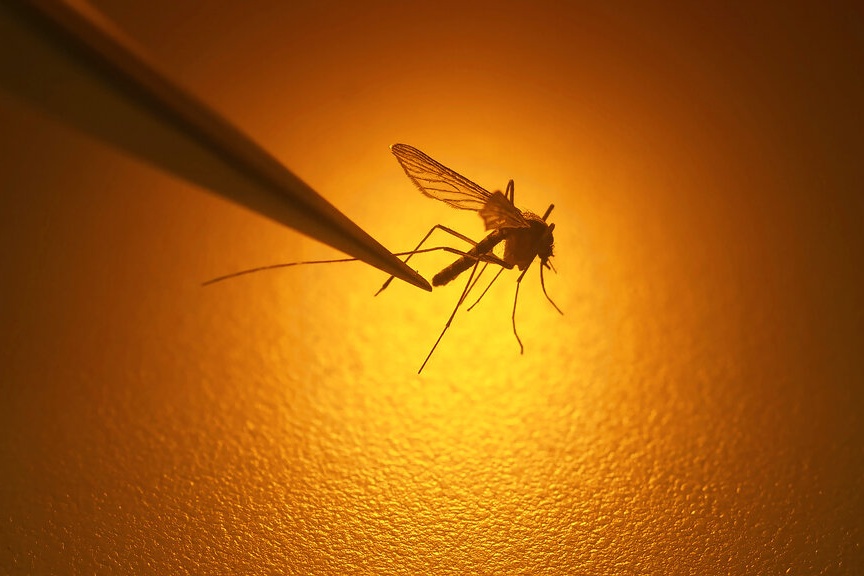
Elementary, middle and high school teachers will be able to get their vaccine as early as next week, leaving some on-campus instructors in higher education wondering why they were left out of the state’s distribution plan.
At a press conference this week, Gov. Jared Polis said priority will be given to primary and secondary education teachers, as remote learning is more sustainable for college students than minors. He said a return to in-person learning in K-12 grades is a more pressing issue.
“We do know that a 20 year old is able to safely learn from home by themselves in a way that a seven year old simply can't, requiring the presence of a parent to do that,” said Polis. “We want everybody to be able to go back safely and we're happy to support her institutions of higher education in a safe return. But I think it's important that we walk before we run. And I know parents across our state are really counting on our schools coming back to in-person education.”
Polis didn’t acknowledge that faculty and staff at universities across the state have already returned to campus for the semester, with both Colorado State University and the University of Colorado Boulder transitioning to hybrid and in-person classes later this month.
Not only are tenure-track professors teaching in-person classes, but so are adjunct faculty and graduate teaching assistants, often the lowest paid teachers in the system.
Manideep Tummalapudi, a PhD candidate at CSU, teaches three sections of in-person labs, where students learn about different software tools used in the construction industry. He said it’s difficult to teach his subject remotely.
“I don't want to criticize the decision that's been taken by the state government, but I believe that we are creating a workforce for the future,” Tummalapudi said. “And we are doing that with sincere effort. So I believe we should get vaccinated along with the K-12 teachers.”
Another factor that worries faculty is teaching college-age students, a population that drove a large portion of Colorado’s infections in late fall.
Coloradans 20 to 29 make up almost 22 percent of the state’s nearly 400,000 cases since the start of the pandemic and they are the age group most affected. By comparison, elementary school age children, whose teachers will get early access to vaccines, are just four percent of cases.
Julianne Scamardo teaches an in-person geology lab at CSU. While she believes it’s near impossible to teach such a physical science through remote classes, she admits being around students sometimes worries her.
“When I come in every week, I might be around 40 or 50 students, but I don't know how many students they've been seeing that week,” Scamardo said. “So I don't really know how seriously they're taking COVID protocols and so I just have to sort of assume that I could tangentially be coming in contact with a lot of people each week.”
Alex Wolf-Root, an adjunct professor at CU and president of its workers union, agreed with Polis. He said teaching remotely is relatively easy now that he and his colleagues have been doing it for nearly a year, but wants Polis to keep other higher education workers in mind.
“We especially need to look at our frontline workers, those cleaning the facilities, those keeping campus physically safe, those cooking and dining workers, those residential assistants and other housing workers,” Wolf-Root said. “They are at the frontline of this virus. And if they are going to be working in person in any capacity, they need to be high up on the list.”
Wolf-Root said he’s happy to remain low on the list as long as vaccine supplies remain low, but stressed the state should instruct universities to close if it’s unwilling to supply doses to those called to work on-campus.
As of now, most college workers will be eligible for vaccination in summer, when the state projects it will start Phase 3 of its distribution plan, as members of the general public — those ages 16-59. Some may qualify earlier under different criterias, like those with high risk conditions or those who received a placebo during a vaccine trial.
CU administrator Jennifer McDuffie said in a press conference last month the university, which will receive vaccine doses from the state, is also unsure of when they will be allowed to vaccinate workers.
“We are still waiting on guidance around educators from the state,” McDuffie said. “At CU, we do believe anyone who is in an in-class setting, that they are essential for our operations.”
Several nearby states differ from Colorado’s approach, and are grouping college workers with K-12 personnel. That list, being kept by the Boston University School of Public Health, includes California, Nevada, Nebraska, and Arizona. Other states like Oklahoma, Wyoming and Utah have higher education workers slated for a later vaccination date, like Colorado.
The Center for Disease Control recommended “teachers, support staff, and daycare workers” be eligible in Phase 1b, but did not specify if higher education is included in its guidance.
CPR News reporter Claire Cleveland contributed to this report.
Editor's Note: A limited number of CPR News journalists have started to receive vaccinations according to the state's prioritization of essential frontline workers.









